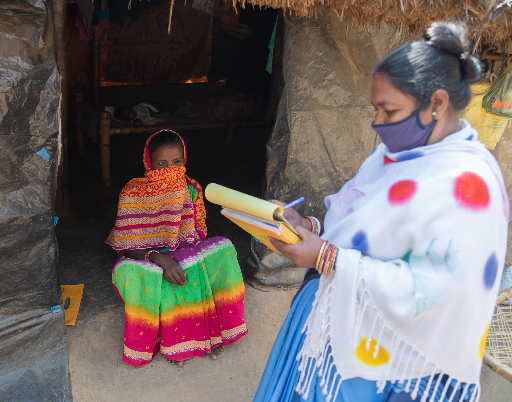What's New?
Innovating for strengthening community care for New-born and Young children
India has made significant progress in reducing new-born, infant and child mortality through various community and facility based specific interventions. Central to these efforts is the Home-Based Newborn Care (HBNC) and Home-Based Care for Young Child (HBYC) programs, which have focused on improving child health and nutrition outcomes by promoting evidence-based care. However, significant challenges in the implementation of HBNC and HBYC programs in India. These challenges span service delivery, systemic operations, and policy frameworks, collectively impacting the quality of care provided to new-borns and young children at community level.
To address these challenges, the Ministry of Health and Family Welfare (MoHFW), Government of India has convened a National Technical Advisory Group (TAG) in 2024 to develop an integrated, community-centred approach for new-born and child healthcare.
The Norway India Partnership Initiative (NIPI), a key member of the National TAG and convener of HBYC, proposed an innovative Integrated Community Care Model for New-born and Child Health, which received endorsement from national experts.
The integrated model aims to streamline service delivery by integrating various child health programs into a unified framework. This model enhances real-time decision-making of Frontline Health Workers, improves beneficiary tracking, and strengthens community-level interventions. Through digital solutions for supporting decision making & data reporting, structured supervision, and an expanded scope of care for children up to three years of age, HBNC 2.0 seeks to ensure continuous, high-quality healthcare delivery.

With this transformative shift, MoHFW and its partners are working towards a seamless, data-driven, and holistic approach to new-born and young child health, promising better health outcomes and a stronger foundation for early childhood development.





